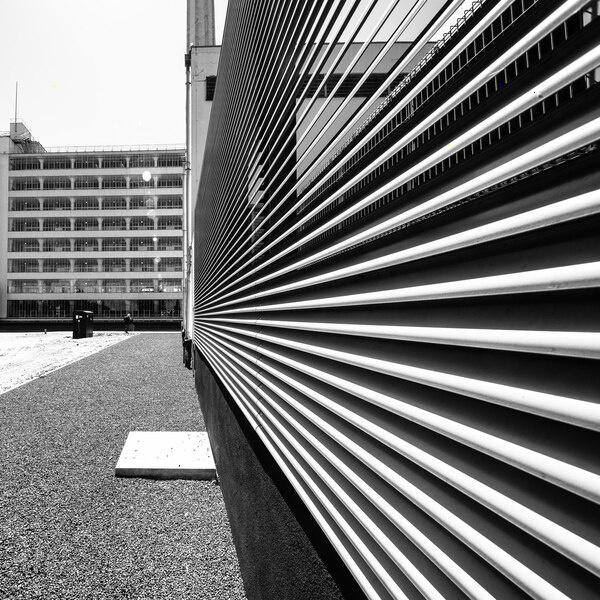The Evolution of Modern Skyscrapers
The development of modern skyscrapers is a remarkable story of innovation, engineering, and design. From their inception in the late 19th century to the towering giants of the 21st century, skyscrapers have continually pushed the boundaries of what is architecturally and technologically possible. This article will trace the evolution of these magnificent structures, highlighting key technologies and landmarks that have defined each era.
The birth of the modern skyscraper can be traced back to the completion of the Home Insurance Building in Chicago in 1885, often cited as the world's first skyscraper. Designed by architect William Le Baron Jenney, this 10-story building utilized a steel frame, which allowed for greater height without the massive load-bearing walls of traditional masonry structures. This innovation marked the beginning of the race towards the sky.

By the early 20th century, skyscrapers were sprouting in cities across the United States. The introduction of the elevator, initially by Elisha Otis in the 1850s, was pivotal in making tall buildings practical for everyday use. Buildings like the Woolworth Building, completed in 1913 in New York City, showcased intricate Gothic Revival architecture and soared to 792 feet (241 meters), making it the tallest building in the world at the time.
The mid-20th century heralded a new era in skyscraper design, largely influenced by the International Style of architecture promoted by figures like Ludwig Mies van der Rohe and Le Corbusier. The use of glass curtain walls became prevalent, epitomized by the construction of the Seagram Building in New York City in 1958. Mies van der Rohe's minimalist approach emphasized clean lines and open interior spaces, influencing skyscraper design for decades.
One of the most significant advancements in skyscraper engineering came with the development of the tubular design by Fazlur Rahman Khan of the architectural firm Skidmore, Owings & Merrill (SOM). This innovation allowed buildings to reach unprecedented heights while remaining stable and efficient. The Willis Tower (formerly the Sears Tower) in Chicago, completed in 1973, and the John Hancock Center, completed in 1969, are iconic examples showcasing Khan's tubular system, which distributes lateral loads through a network of interconnected tubes.
The late 20th and early 21st centuries saw an explosion in skyscraper construction globally, driven by economic growth in Asia and the Middle East. The Petronas Towers in Kuala Lumpur, completed in 1998, were the tallest buildings in the world at their completion, standing at 1,483 feet (452 meters). These twin towers combined modern technology with traditional Islamic design motifs, reflecting Malaysia's cultural heritage.
The crown for the tallest skyscraper has changed hands repeatedly in recent years, with each new project aiming to outdo its predecessor. The Burj Khalifa in Dubai, completed in 2010, currently holds the record at a staggering 2,717 feet (828 meters). Designed by Adrian Smith of SOM, the Burj Khalifa incorporates a Y-shaped plan to optimize residential and hotel space while providing maximum structural stability.
Sustainability has also become a key consideration in contemporary skyscraper design. Innovations such as double-skin facades, energy-efficient glass, and green roofs are increasingly common. The Pearl River Tower in Guangzhou, China, designed to be one of the most energy-efficient skyscrapers in the world, integrates wind turbines and solar panels to reduce its environmental footprint.
In sum, the evolution of modern skyscrapers is a testament to human ingenuity and the perpetual quest for progress. From the early use of steel frames to the latest in sustainable technology, skyscrapers have continually adapted to the challenges and opportunities of their times. As cities continue to grow and technology advances, it is certain that skyscrapers will continue to reach new heights, both literally and metaphorically.